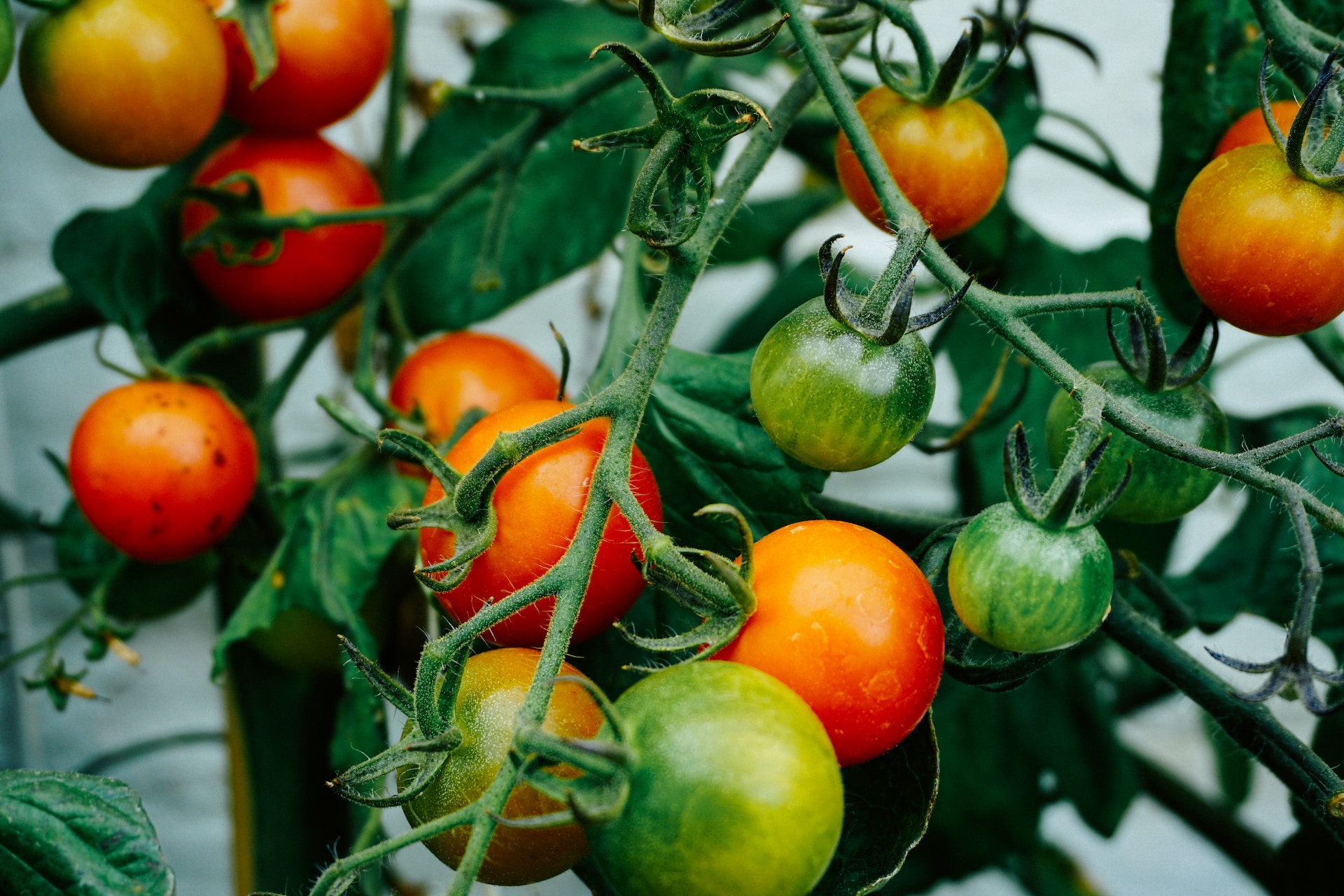Electroculture is a method of gardening that involves the application of low-level electrical currents to plants in order to boost crop yields and promote faster plant growth. It is a practice that has been the subject of much debate and is essentially unproven, as there are not many people who use it and there is not much research to back up its claims of efficacy. The concept of electro culture is based on the idea that plants naturally take in and make use of the electrical energy that is present in their surroundings. The idea is that by supplying the plants with additional power, their development, and overall output can be improved. The results of tests on electro culture have been contradictory and frequently inconclusive, and the technique has been in use for at least a century, with some accounts indicating that trials were carried out in the late 1800s. It is widely thought that the Multiple Wave Oscillator was created by George Lakhovsky, Antoine Bovis, and others who studied the effects of electrical currents on plant development in the early 1900s.
In order to get started with electrobiology, one must first purchase some tools & devices. This device will normally consist of a low-voltage generator and a set of electrodes that are buried in the soil close to the plants. Electroculture is a contentious and unproven method of growing plants, yet it is an exciting area of inquiry and experimentation for scientists and amateur gardeners alike. There are some anecdotal claims of success with electro-culture as a gardening technique; however, there is currently no scientific data to support the effectiveness of electro-culture as a gardening method. Experiments have been done to promote plant growth and heal ailments, such as in the 1930s and 1940s. In 2012, a group of researchers in France did an experiment in which they exposed tomato plants to low-level electrical currents and noticed a modest increase in yield. The results of this experiment were published in the journal Scientific Reports. In order to get started with electrobiology, you will need to construct or buy some electrobiology apparatus, utilize a low-voltage generator and electrodes, and select the appropriate plants to grow. Some common plants, such as tomatoes, peppers, and strawberries, can benefit from being grown using electro-culture.
Some of the equipment that could be utilized in an electro-culture garden include:
Low-voltage generator: a tool for encouraging plant development by use of a mild electric current. Batteries or an external power source can fuel the generator.
Electrodes, often fashioned from copper or another conductor, are buried nearby plant life. The plant roots take up the electricity from the ground after it has traveled through the electrodes.
A soil moisture sensor can tell you when you need to water your plants based on its readings of the soil’s moisture content.
Soil acidity and alkalinity can be checked with a pH meter to make sure the growing conditions are ideal for the plants.
Soil nutrient analyzer that tells you when to add more nitrogen, phosphorous, or potassium to the soil for your plants.
Mulch, is a covering of organic material spread over soil to moderate soil temperature and retain moisture.
A garden hose is a tool for watering plants and maintaining damp soil.
A garden trowel is a handheld instrument for planting seeds and transplants in small holes.
Branches and leaves can be trimmed back with pruning shears to encourage healthy growth.
Trays for planting seeds and young plants in advance of setting them out in the garden.
Keep in mind that not all of this equipment and instruments are required for electro-culture gardening and that the preferred tools and methods for growing plants will vary from one gardener to the next.

